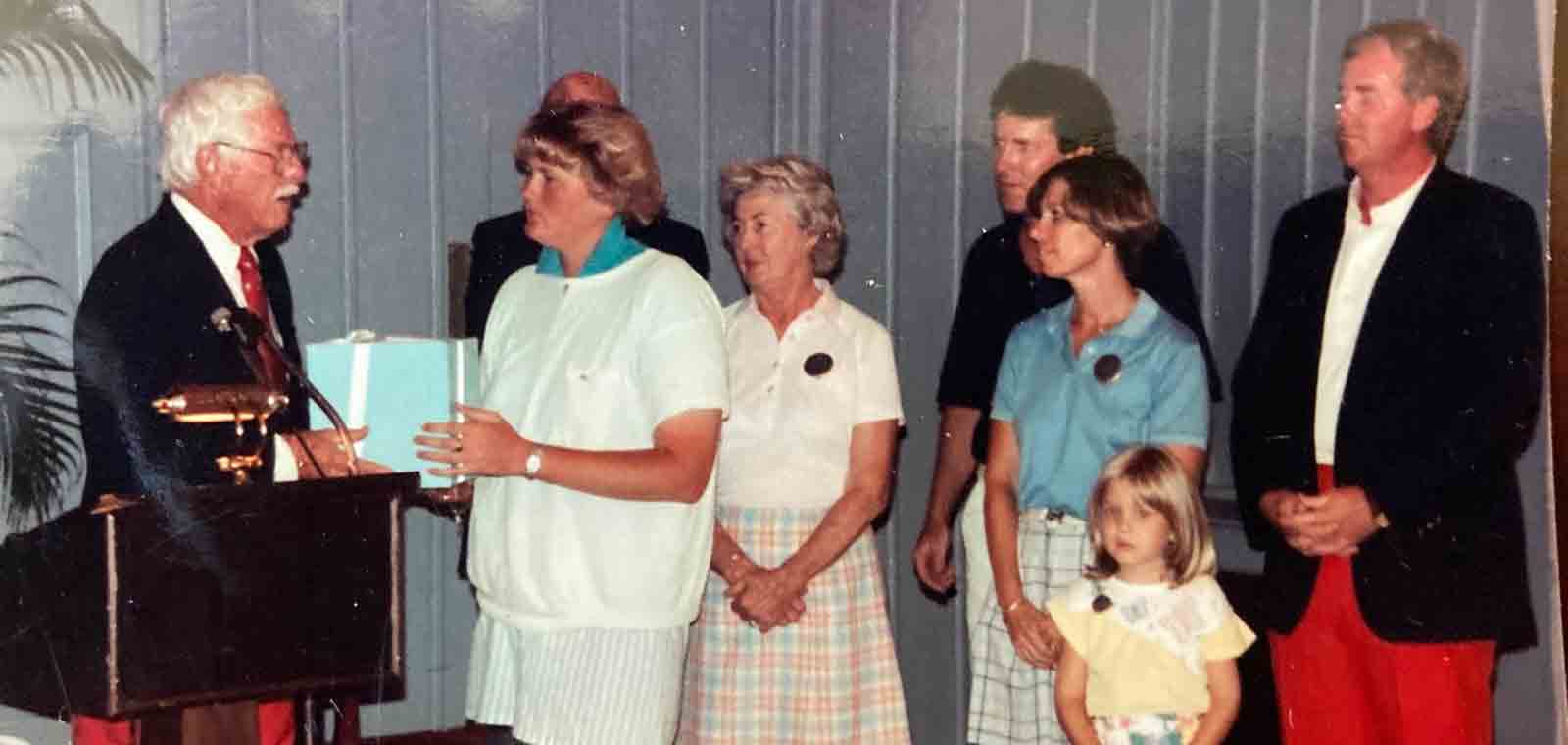The Remarkable Life and Legacy of Kathy Linney
October 26, 2022
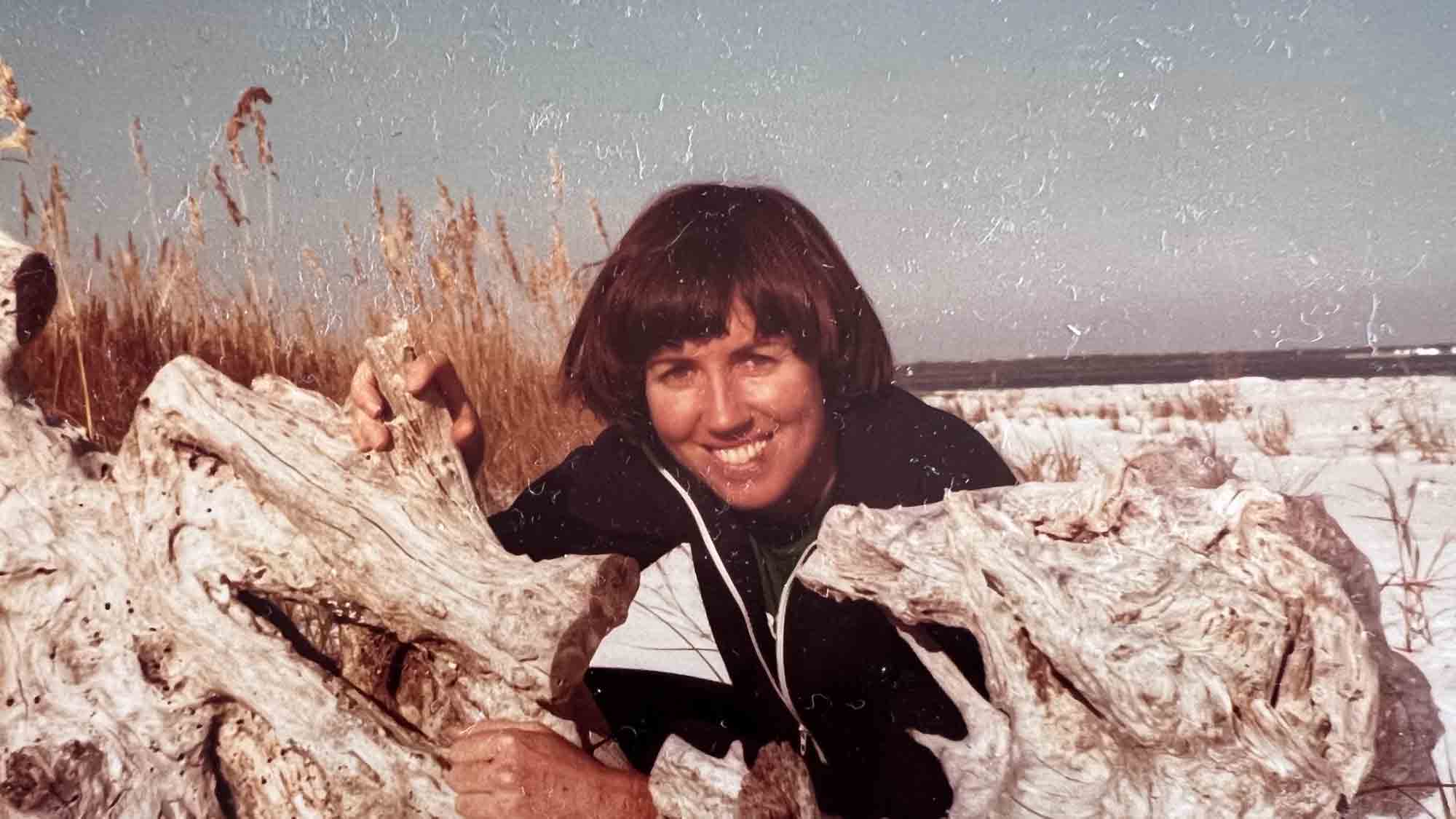
Roberta Bowman served on the LPGA Board of Directors from 2011-2017 and as the LPGA’s Chief Brand and Communications Officer from November, 2018 – February, 2022.
A Talented Athlete and Student
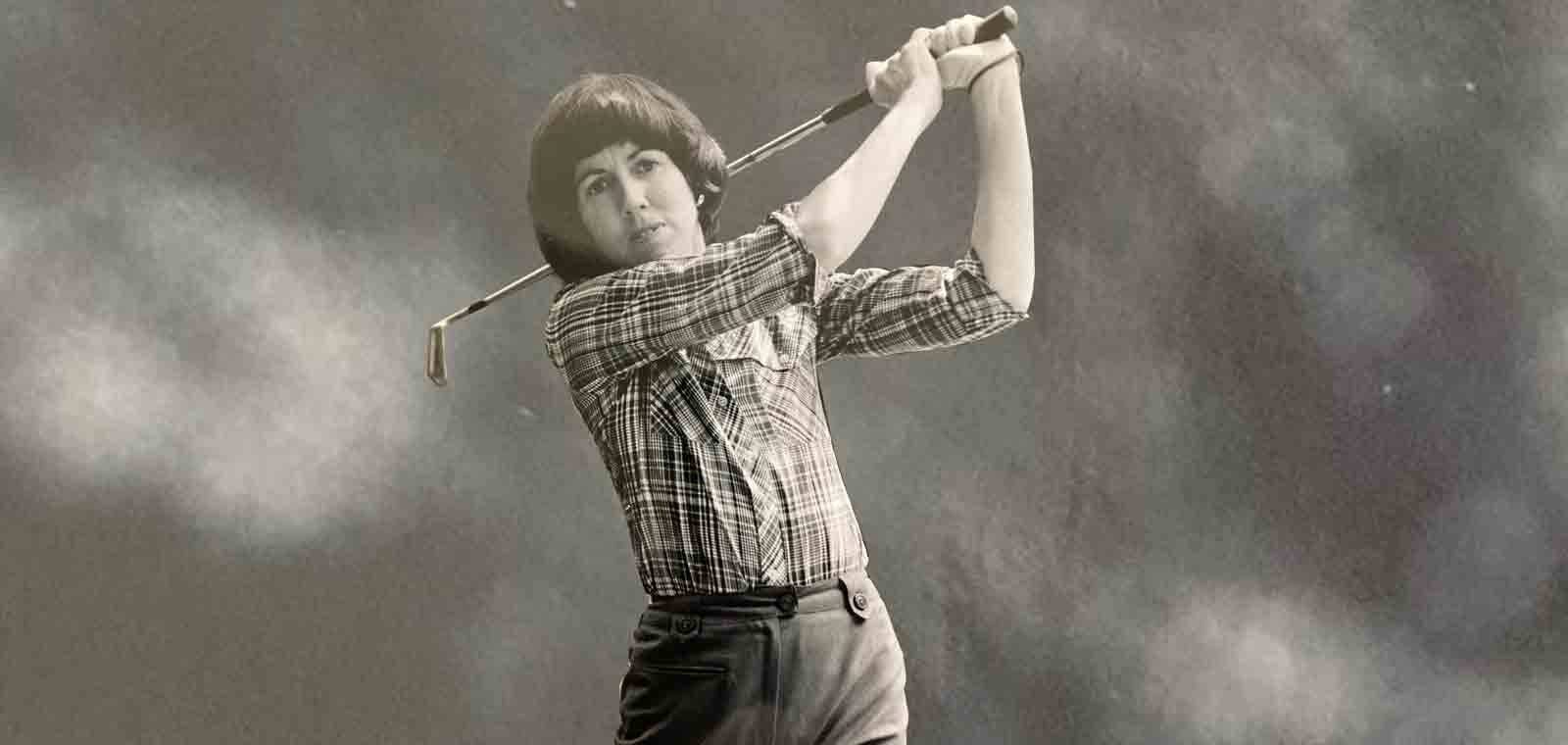
The Clarity That Comes with Cancer
“You Have Breast Cancer”
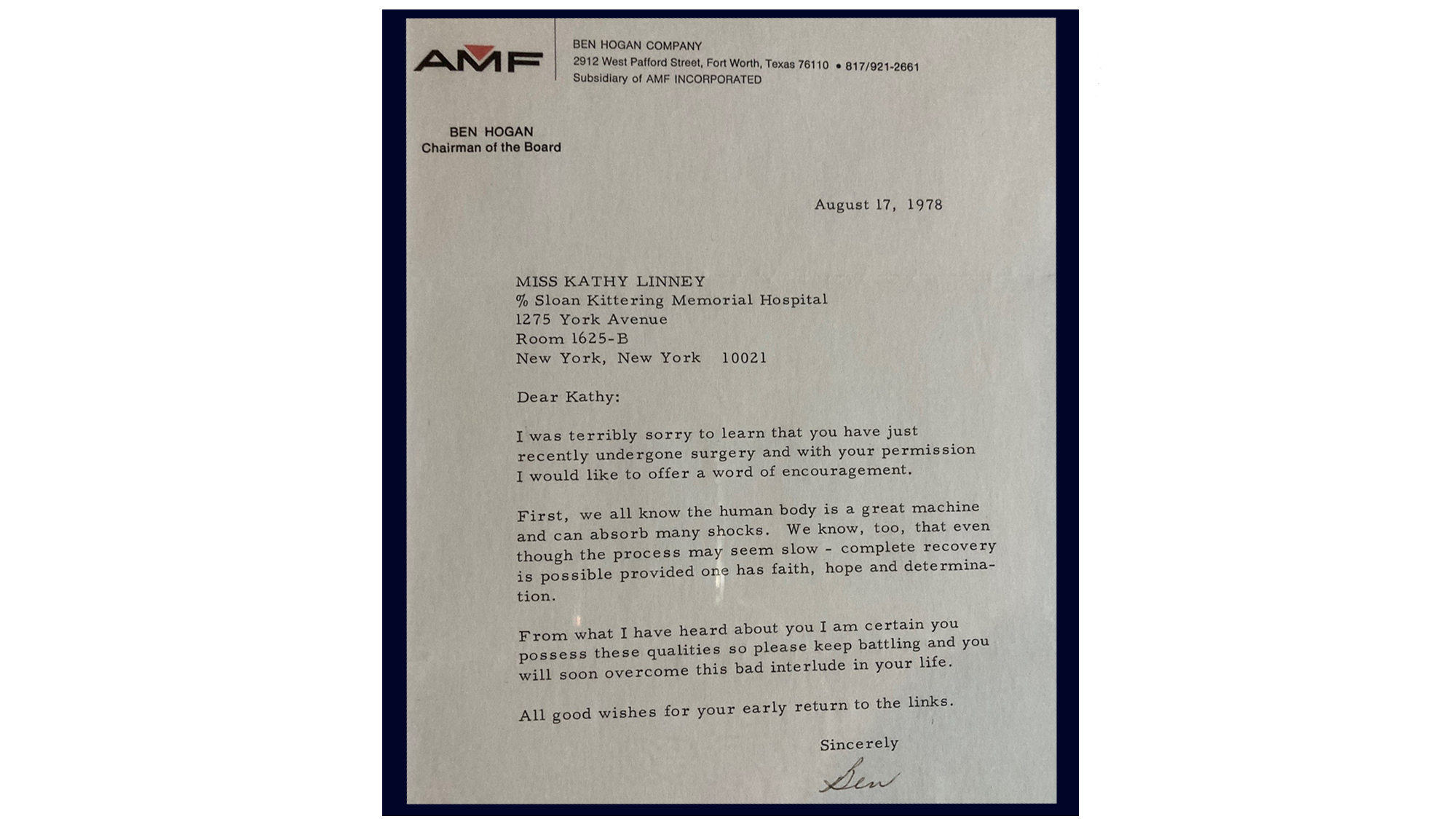
“The LPGA Was My Big Family”

Back On Tour
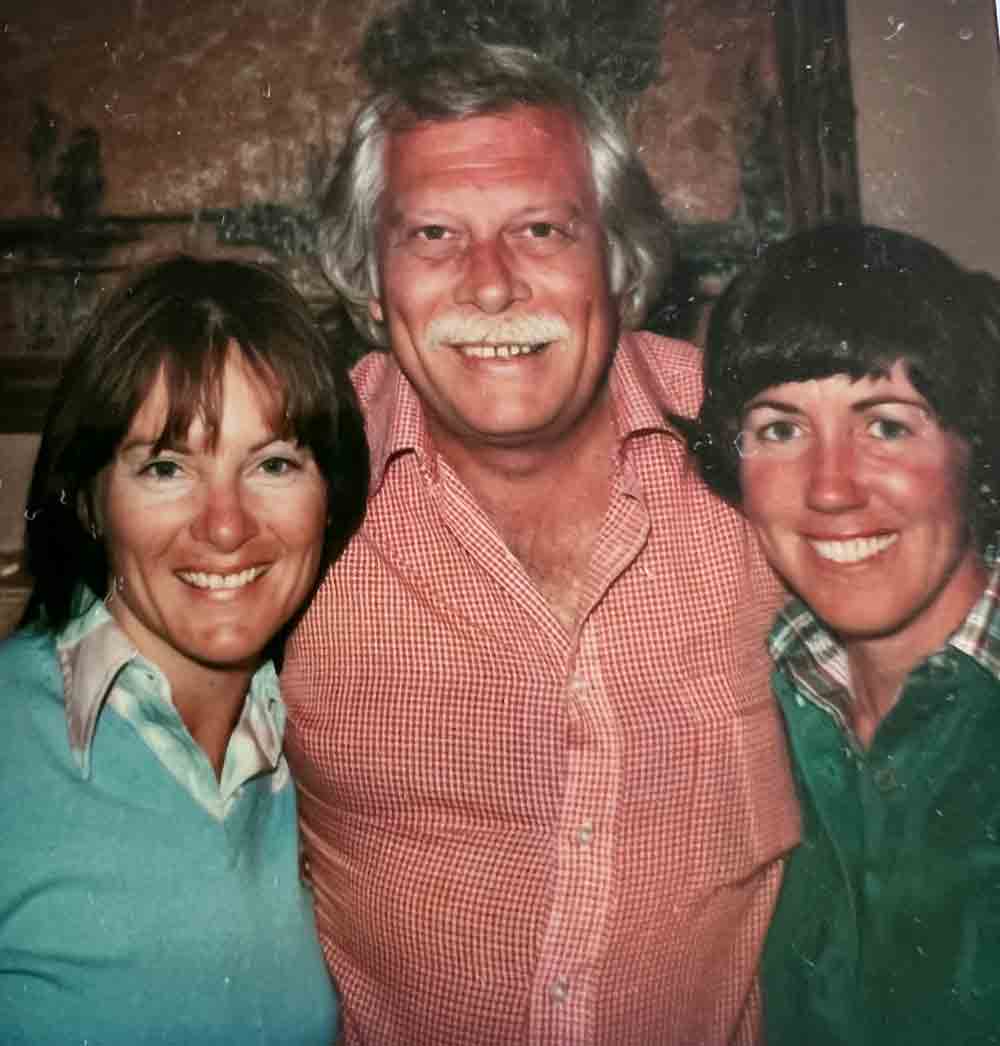
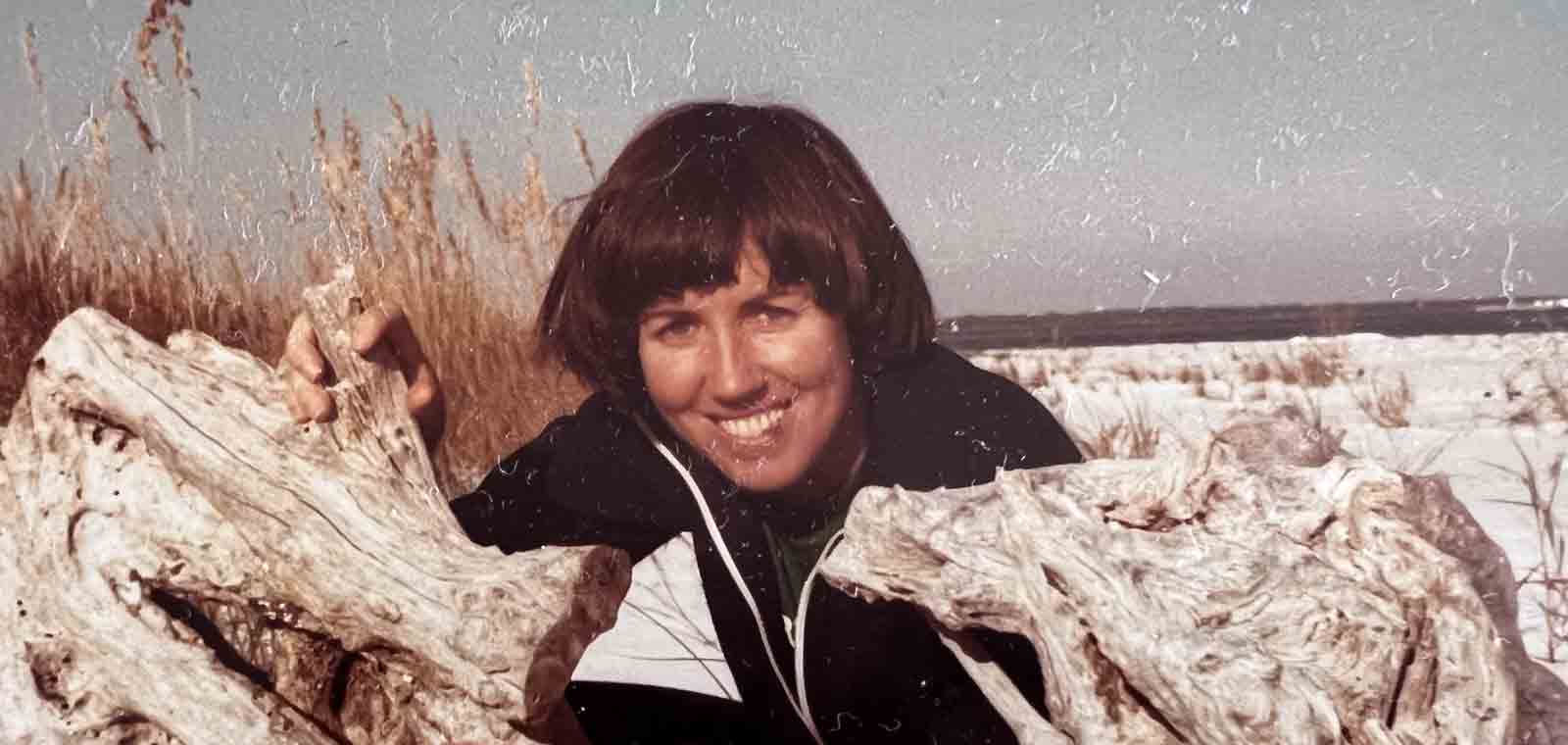
Changing the Conversation About Breast Cancer
- Newsweek
June 9, 1980

Honoring Kathy Linney
